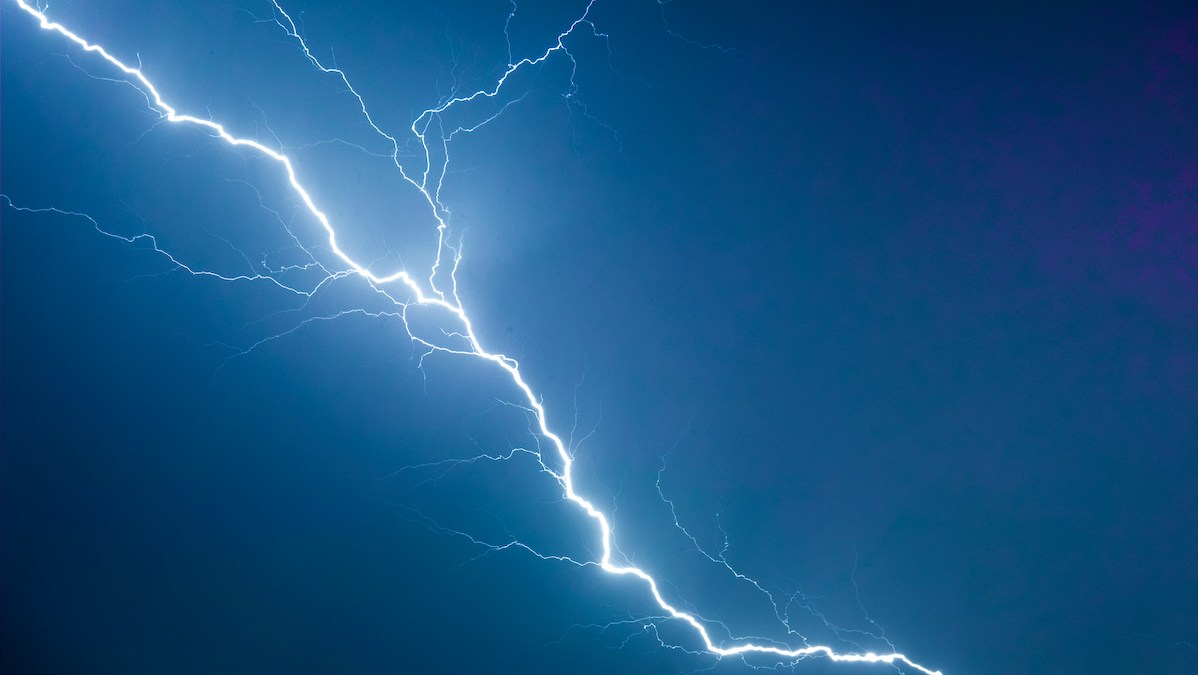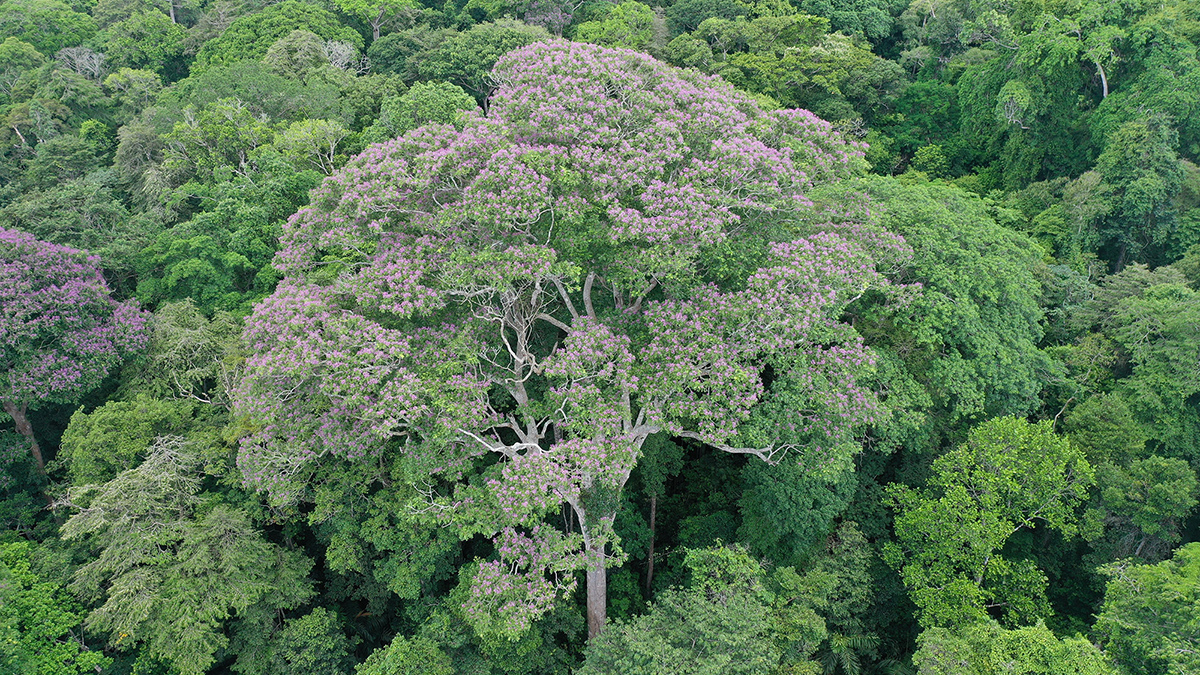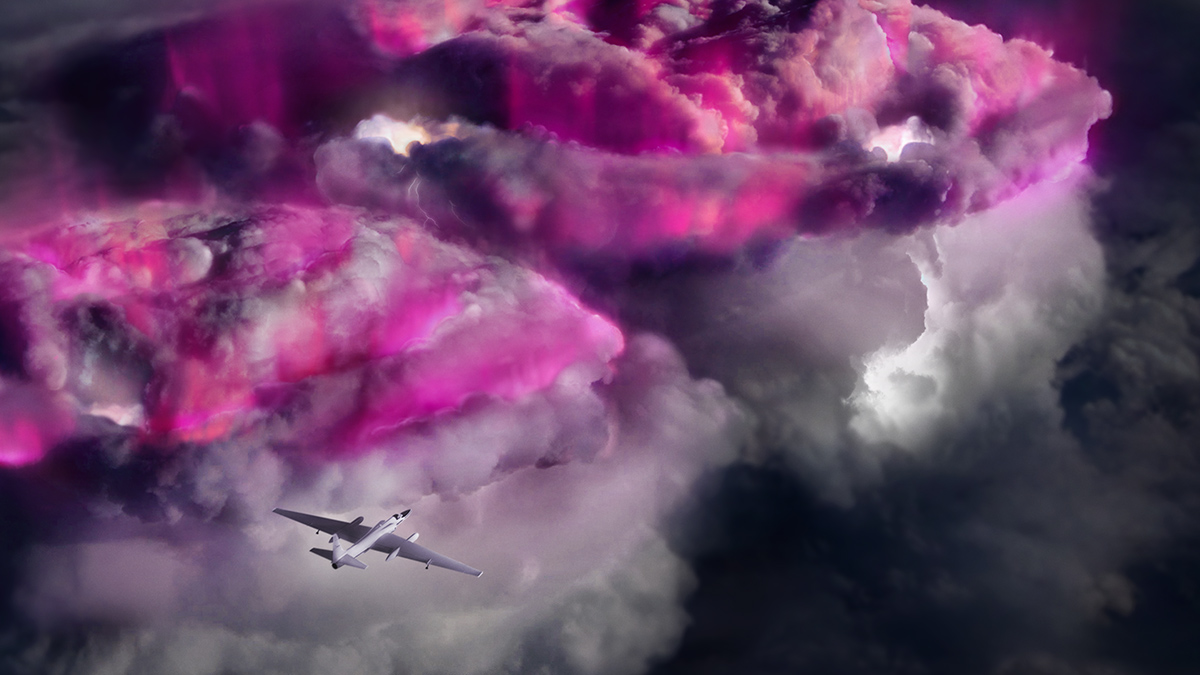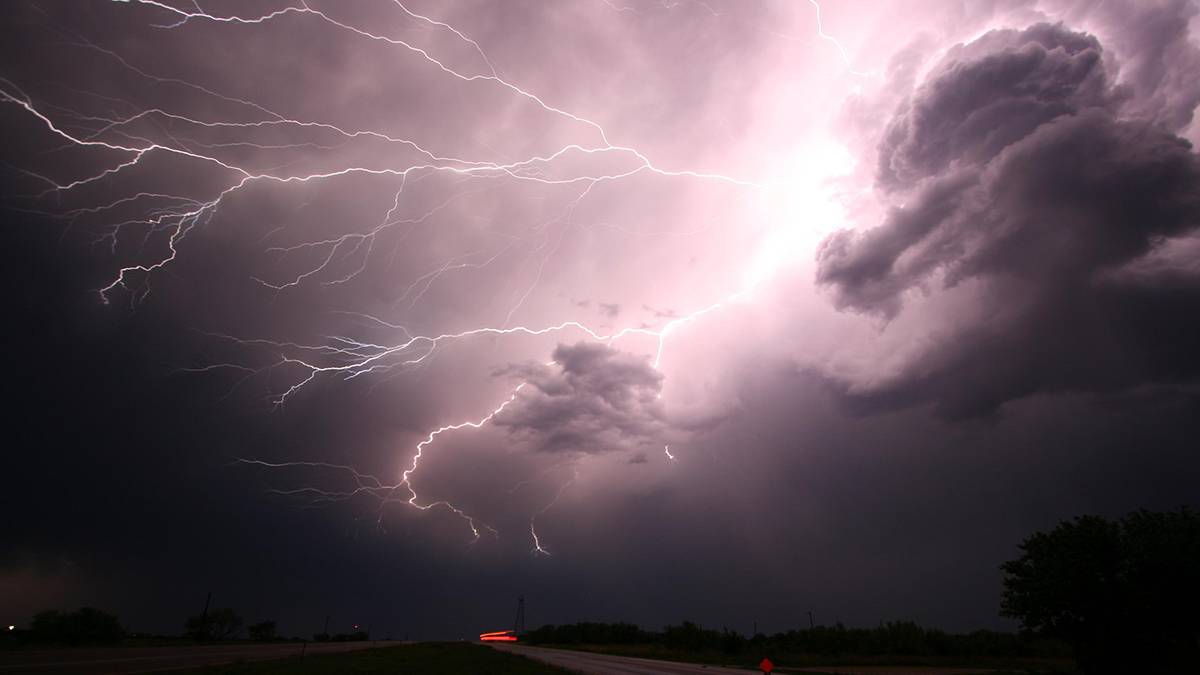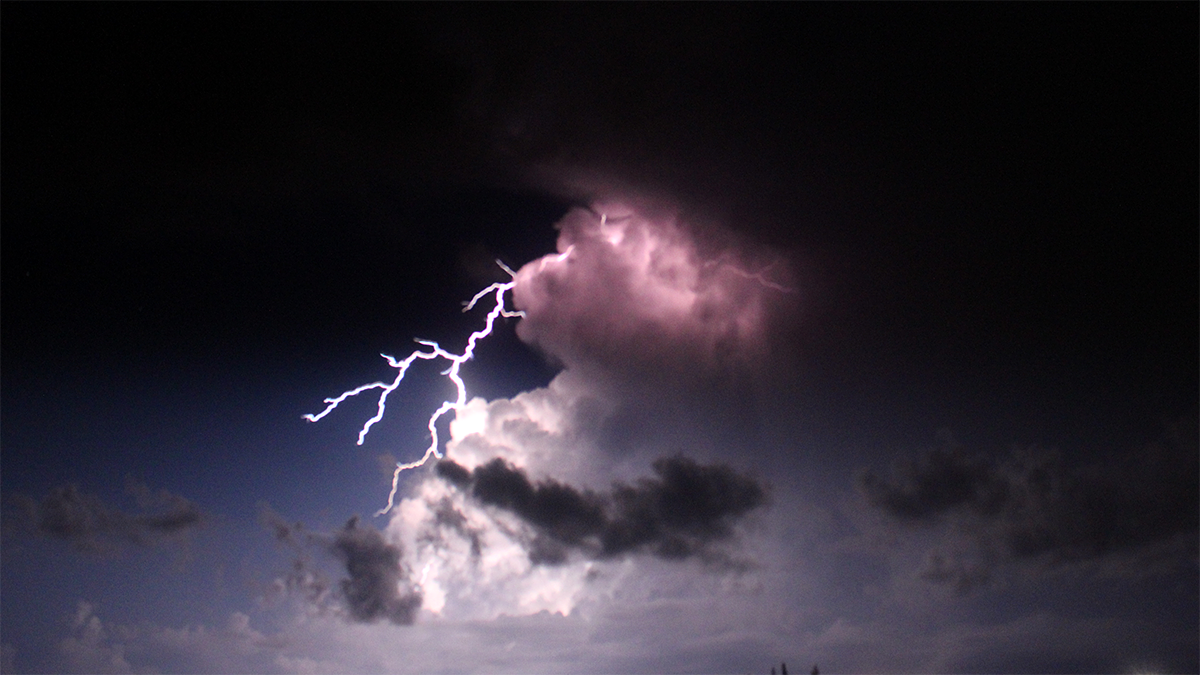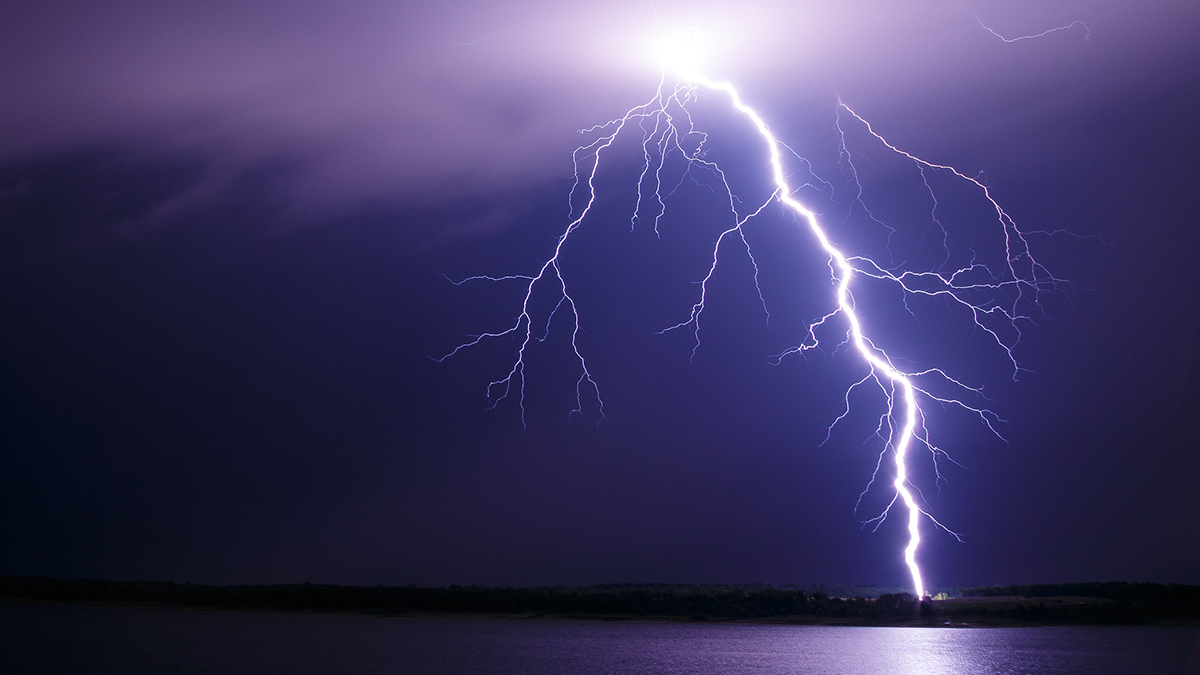A long-term study of MeV electron burst events detected in the inner radiation belt and slot region was used to determine the electron belt decay times.
lightning
There’s a New Record for the Longest Lightning Flash
515 miles—roughly the distance from Washington, D.C. to Detroit, one-third the length of the Colorado River, and now, the longest lightning bolt ever recorded.
That’s right: A new analysis of satellite data has revealed that a 22 October 2017 storm over the U.S. Midwest created a lightning bolt that reached 829 kilometers (515 miles), from eastern Texas to nearly Kansas City. The record-setting bolt lasted about 7 seconds.
Algunos árboles tropicales se benefician de los rayos
Dos imágenes muestran el mismo árbol, antes (izquierda) y después (derecha) del impacto de un rayo. En la imagen de la derecha, el árbol no está cubierto de enredaderas leñosas y algunos de los árboles que lo rodean han muerto.
Some Tropical Trees Benefit from Lightning Strikes
Direct lightning strikes cause minimal damage to Dipteryx oleifera. But these same strikes effectively kill parasitic vines and neighboring trees that compete with the species for light and nutrients.
A New View of Gamma Rays from Thunderclouds
Observations from high-flying aircraft revealed that thunderclouds act as natural particle accelerators, emitting energetic electromagnetic radiation more often than scientists expected.
Large Outdoor Gatherings Expose Event-Goers to Severe Weather
Researchers pinpointed the riskiest events in terms of lightning and tornado exposure by mining data from more than 16,000 large outdoor gatherings.
Rapid Thunderstorm Charging Produces Strong Gamma‐Ray Glows
A new study explains how thunderstorm electric fields produce strong gamma‐ray glows with oscillating gamma‐ray rates, and that these oscillations develop into intense pulse trains that closely resemble terrestrial gamma-ray flashes.
Lightning Initiating at High Altitudes May Develop Continuously
Recent radio observations reveal a new mode of initial lightning development in the form of continuous initial breakdown burst of several kilometers in length at high altitudes within thunderstorms.
Phased-Array Radar Detection of Electrically Aligned Ice Crystals
A new method for observing electrically aligned ice crystals in localized storms can detect the onset of electrification and lightning in developing storms.
Lightning Struck Down as Source of a Venus Whistler
Whistlers were a key piece of evidence in favor of Venusian lightning. New measurements question the connection.


